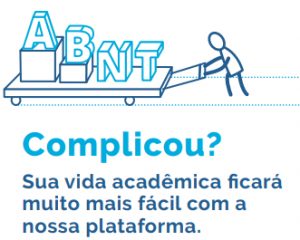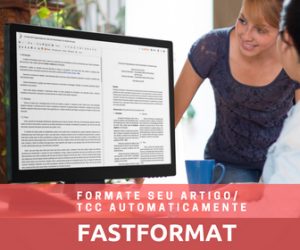More than 80% of all scientific articles are rejected at least once before publication. Nature, for example, published less than 8% of all submissions in 2013 [1].
Also, according to Elsevier, one in three scientists finds “preparing manuscripts” a frustrating or time-consuming work activity. Specifically in Brazil, students report that the ABNT standards are the main difficulty for the construction of a scientific document [2].
A survey published in PlosOne showed the cost that text formatting generates for its authors [1]. We included 372 participants from 41 countries (60% of respondents were from Canada), six continents and included the medical professions/health providers, scientists/researchers, research assistants/managers and students. The youngest participant was 22 years old and the oldest participant was 72 years old, showing the breadth of the study done.
These people were asked to include the time it took to format the article for initial submission, as well as any additional time needed until the article was accepted and deemed ready for publication. The wage cost of formatting was calculated using annual income to estimate hourly wage rates.
The results were surprising!
Manuscripts, on average, need two submissions (rejected) before being accepted for publication. The average time spent on formatting was 14 hours per manuscript and the average total time for all manuscripts published in 2017 was 52 hours per person per year. This resulted in salary costs of US$477.00 per manuscript, US$1,908.00 per person per year.
Please note that this account does not include costs with third-party services, such as proofreading, formatting and submission fees for journals and/or educational institutions. That is, the cost can be much higher than just the time spent.
Sounds absurd, doesn’t it?
The fact is that preparing scientific documents takes time, money and a lot of patience. This generates frustration for students and researchers and increases the difficulty for good research to be recognized around the world.
However, in the digital environment there are always new solutions for bureaucratic problems, such as FastFormat, which automatically formats the document in the most diverse models for an affordable price, saving time and money. In addition to having features that facilitate and improve writing.
[1] LeBlanc AG, Barnes JD, Saunders TJ, Tremblay MS, Chaput JP (2019) Scientific sinkhole: The pernicious price of formatting. PLOS ONE 14(9): e0223116. https://doi.org/10.1371/journal.pone.0223116
[2] Silva M., Vitória M (2014) A EXPERIÊNCIA DE ESCRITA NO TRABALHO DE CONCLUSÃO DE CURSO: PERCEPÇÕES DE ALUNOS DE UM CURSO SUPERIOR DE TECNOLOGIA EM GESTÃO EM RECURSOS HUMANOS. CAMINE: Caminhos da Educação = Camine: Ways of Education, 6(1), 83-99. Recuperado de https://ojs.franca.unesp.br/index.php/caminhos/article/view/1081
Experimente grátis o FastFormat
Além da formatação automática, o FastFormat conta com vários recursos para facilitar a construção de seus trabalhos acadêmicos. Acesse agora!




Add comment